Building Wildfire-Resistant Homes After Disasters with Headwaters Economics
The January fires in Los Angeles burned 11,000 homes and led to property and capital losses of between $76 billion and $131 billion. The risk of fires in the region is only growing. It is now a year-round threat, with loss potential climbing as the planet warms. How do we drive down this risk? Headwaters Economics and Insurance for Good recently analyzed the following questions:
How much economic loss could be avoided by building homes to wildfire-resistant standards?
What level of financial investment is needed to build wildfire-resistant homes following disasters?
What types of programs could help homeowners afford the necessary upgrades?
We find that it is cost-effective to build safer structures, reducing future losses not just to the property owner, but to the broader economy, with every dollar spent on building to wildfire-resistant standards saving hundreds in avoided future losses. Such investments, however, do cost a bit more up-front and we looked at how to fund or finance those needed upgrades. An important finding to emerge is that strong building codes and comprehensive insurance can work together to substantially lower future losses at no additional cost to policyholders.
California has a strong wildfire building code, although it does not apply everywhere in the state. The state also mandates that homeowners’ insurance policies offering full replacement cost coverage include coverage for building code upgrades. As such, survivors of the L.A. fires that had strong homeowners insurance and are located in an area subject to the building code will be able to rebuild to safer standards at no extra cost. Unfortunately, uninsured households and the 40% of the burned structures not subject to the wildfire building code will not have access to these financial resources, potentially hamstringing their ability to build back to wildfire-resistant standards. This is a lost opportunity and one we are eager to work with partners to solve through policy reforms, philanthropic investments, and inclusive financing models.
